If our surveys on influencer search have revealed anything, it’s this: to evaluate brand fit, marketers make decisions based on audience metrics. They admit to spending hours poring over follower counts, demographics, interests, and engagement rates.
And yet, when campaigns underperform, the blame most often falls on “audience mismatch” – even for influencers who looked like a perfect fit on paper.
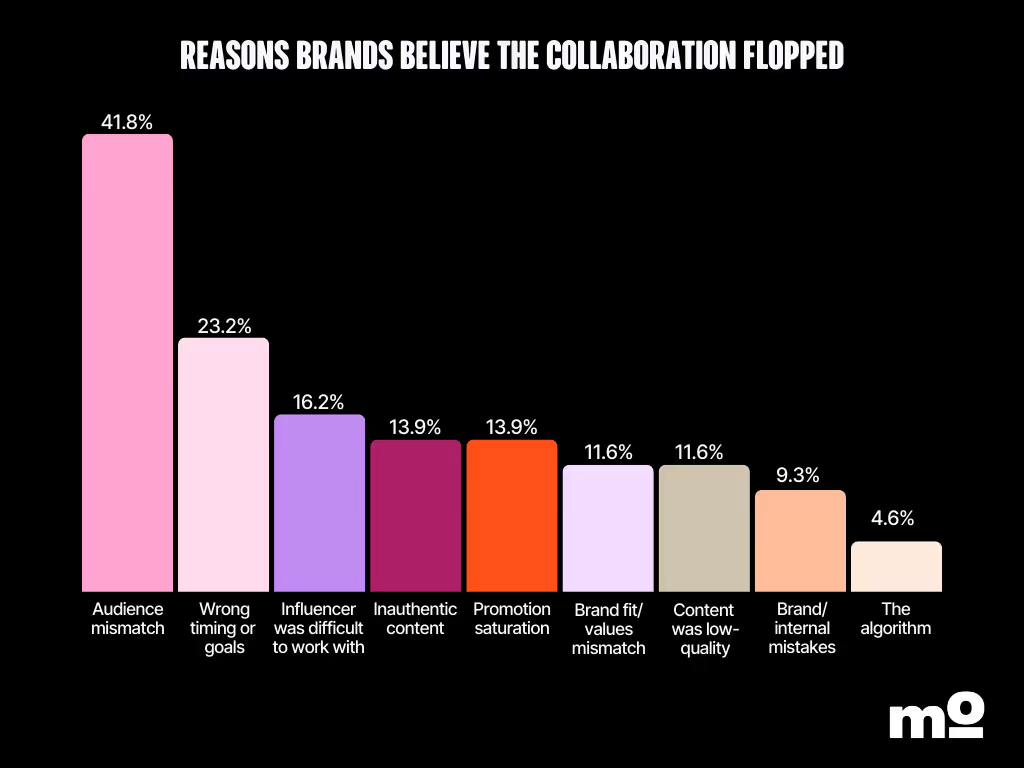
So, what’s really going on here? At first glance, you might think marketers are struggling to accurately evaluate audiences for brand fit… but, of course, it’s more complicated than that. In reality, audience match alone might not be enough to understand whether an influencer is a brand fit.
Here’s the thing: it’s easy to filter for influencers who are female, aged 25–35, live in Europe, and post about fitness – but that doesn’t tell you if people trust their product recommendations. Or whether your price point makes sense for their followers. Or what messaging actually resonates with their audience.
Audience metrics alone – while useful as a preliminary gauge – are just not enough. Here, I outline what you need to know to move beyond the surface-level audience checks and examine the deeper signals that actually show whether an influencer is the right fit for your brand.
Can the audience buy your product?
Marketing a shampoo is very different from marketing a luxury perfume. Yes, the shampoo is cheaper, but that’s not the whole picture when it comes to promoting products. For one, people are more willing to try new brands in the FMCG category compared to the luxury market. And that’s not all…
When vetting influencers to promote products, there are three factors – beyond demographics – to evaluate. Ask yourself:
- Can the audience afford my products? Assess buying power by considering the audience’s age and location, the quality of their comments, and other relevant factors (more on this below).
- Will the audience actually love my product? Check if the influencer and their audience are loyal to a competing brand. If yes, you’ll first have to convince the creator why your product is superior, and then turn that experience into a compelling story.
- How much time, exposure, and touchpoints does the audience need to purchase my product? If you sell an expensive item or a product that your customer would only buy once, consider building trust through long-term influencer collaborations. This will allow your existing creator partners time to educate and nurture their audience toward a purchase. Layer in partnerships with lookalike influencers so you’re all over your target audience’s feed.
Let’s look at some examples of how real-life marketers use product price and category to choose influencers.
To match your product to the buying power of a creator’s audience, Georgia Humphries recommends you do the following:
In Modash’s influencer analytics tool, you can check for all of the above. Get in-depth demographic data about audience location and age, plus a creator’s previous collabs.
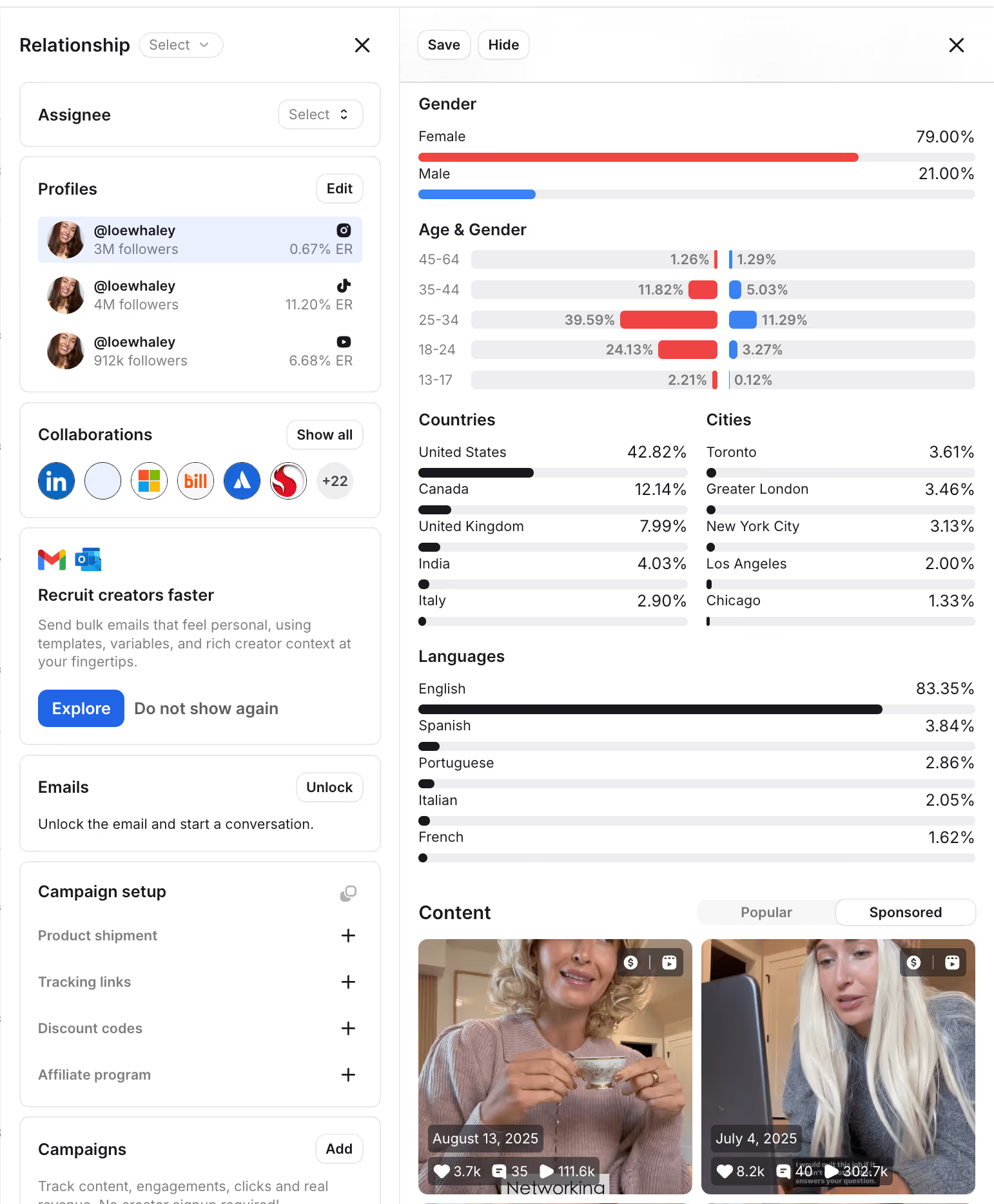
Another way to gauge whether an influencer’s audience can afford your products is to check their comments on sponsored posts, especially those that promote similarly priced items. Are followers asking for more details about the product? Inquiring about shipping, quality, durability? If yes, then you can safely assume the audience has enough buying power.
Next, ensure your shortlisted influencer actually loves your product because that’s what will convince their audience, too. This is especially important if you sell items people don’t frequently repurchase, such as home appliances or electronics.
And audience sentiment doesn’t just apply to your product – it applies to your industry, too. In Fiorella Picado’s case, a perfect-on-paper collab flopped because the audience already had a strong affinity for the competitor. She explains:
Whatever you sell – even if it is repurchased or collected, or doesn’t require strong brand loyalty – you still need to ensure the influencer loves your product. Authenticity is non-negotiable.
If you sense hesitation in an influencer’s communication or content about your product, schedule a call to discuss it. You’ll strengthen your relationship and get honest user feedback. And if you’re able to win them over about your product, it’ll make for a great story! Just ask Cheyanne Pettyjohn:
Now, winning over audiences is a different story. You’ll often need to invest in long-term collaborations to nurture a creator’s followers, especially when promoting a pricier product. Which brings me to my next point…
Does the audience need more time?
The use cases of long-term influencer collaborations aren’t limited to expensive products. A particular influencer’s audience could need more time before they trust your brand enough to buy.
In one collaboration, Alice Arruda knew the audience needed more touchpoints:
Executing multiple collaborations also gives an influencer ample time to showcase all the benefits of your product. Cheyanne agrees:
Unless you’re practicing affiliate marketing, it’s a good idea to partner at least two to three times with the same influencer (if they are getting good quantitative and qualitative engagement) for a certain product. Here’s how:
- With a new creator, aim for brand awareness in the first collaboration.
- Follow it up with blended content that includes conversion CTAs, but still lean more on awareness.
- And the third time, you can prioritize conversions.
Valeriia Chemerys-Baikštienė explains how long-term collabs also benefit your brand:
It’s also an A+ idea to ask the influencer upfront about how long it takes to warm up their audience and build trust.
Does your brand messaging resonate with the audience?
The reality is, influencer marketing is everywhere today. To stand out from the noise, your collaboration needs to have a compelling story – something that reels people in and keeps them hooked.
To illustrate the importance of messaging, let’s look at a collaboration Victor Wiśniowski once did. It seemed like a sure win – the creator had a strong reach, high engagement, polished content, and a professional style. Still, the partnership tanked. Here’s why:
If your messaging doesn’t click with the target audience, your brand will get tuned out like white noise.
Lee Drysdale had a similar experience. An influencer created lots of content for the brand, but it flopped in a paid collab. Over the course of a week, this influencer generated just nine orders while the leaders in the campaign drove over 400 sales.
The fix here is simple: incorporate your creator’s feedback in brand messaging. Give them the creative freedom to suggest changes in your planned content. No one knows what resonates with an audience better than the one who built it from scratch.
Sarah Saffari has one more pro tip about communicating the benefits and value of your product instead of just its features:
Does the creator have actual influence?
We often use the terms “influencer” and “creator” interchangeably, but in reality, it’s more of a Venn diagram. The difference, you’ll soon see, is crucial.
Many times, a creator will build a loyal audience, but that doesn’t mean people trust their product recommendations. People follow them for their creative abilities, but they don’t have the influence needed to sway someone to try a new product.
And hey, these creators are still assets to your campaign (more on that in a bit), but you need to know whether you’re hiring a “creator” or an “influencer” so you can set more realistic goals.
For example, Tamara Torrecillas hired a creator who fit all the required demographics, matched the content style, and interacted with her target audience, too. But she was a great creator, not a great influencer. Tamara says:
When you hire an influencer, you expect them to boost brand awareness, drive sales, or both. But when you work with a creator, you need to reset your expectations and see how you can repurpose their content to make the collaboration ROI-positive. Nycole Hampton agrees:
When you’re evaluating a potential collab partner for influence, check the comments for the following:
- Are their followers asking for product recommendations?
- In their past collaborations, does the audience express excitement about trying the product?
- Do they create organic content recommending different products they use? What kind of engagement does it get?
Doing a qualitative assessment like this will tell you how much influence someone has on their audience. I’d also recommend checking their Instagram Story Highlights – influencers often pin products here when followers ask for recommendations in a certain category.
⚠️Note: Don’t forget to include usage rights in your influencer contracts so you can repurpose creator content later.
Is the influencer’s audience loyal, engaged, and targeted?
I’ll be the first to admit influencers with sizable followings can look attractive on the surface. The potential to reach thousands (if not millions) of people with a single post is tempting. But if the mega-influencer’s following doesn’t match your ICP, the fancy spot on their feed is money down the drain.
Regina Regos experienced this firsthand with a TV personality who seemed like the perfect fit on paper but whose followers were only interested in the TV aspect, not the influencer’s recommendations.
If you’ve got your eye on a mega-influencer, ask yourself: are they famous because of their content, or because of something else they do outside of content creation? If it’s the latter, their audience will be too broad to make a dent in your ROI. A large segment of their followers are only interested in their adjacent showbiz career and not in product recommendations.
Brenda Levy Daniel agrees. She worked with a celebrity who seemed promising but didn’t get any conversions:
I hear you cry, “But the brand awareness from these big-name influencers can still be very helpful!” To that I say: brand awareness also needs to be targeted to your ICP. You don’t want to reach a lot of people; you want to reach a lot of relevant potential customers. The price a mega-influencer will charge will not be worth it just to reach a broad audience who’d never buy from your brand.
Fernanda Marques explains how larger influencers – despite having a lot of followers – often come with lower engagement:
Instead of investing in a big name, you might be better off partnering with smaller influencers who have a more engaged community.
But if you do go with a big-name influencer, perform all the qualitative checks we’ve already discussed. Does their audience trust them? Do followers ask for product recommendations? Are the audience demographics too broad to reach your ICP? Doing these qualitative checks will help ensure you aren’t just spending your hard-earned budget on a big name, but on an influential name.
Audience fit goes beyond metrics alone
An influencer’s audience should match your ICP demographics – that’s essential. But that’s also not enough to ensure a successful partnership. Here’s what you need to ask when assessing for true audience alignment:
Are you marketing an expensive product or a product that is seldom repurchased?
If yes, your product will require more touchpoints with your future buyers. To meet potential customers where they are, invest in long-term collabs and partnerships with lookalike influencers. Also, evaluate if an influencer’s audience has the buying power to purchase your products.
Does the audience need time and multiple posts to build brand trust?
Regardless of your product price, your ICP will often need to see the same influencer market your product multiple times to remember and trust you. Long-term collaborations also appear more authentic and give you lots of educational content to repurpose.
Will your brand messaging resonate with the influencer’s followers?
All influencers have different types of audiences. Work with them to ensure the content they post will actually resonate with their followers. Don’t be too precious about your brand messaging – trust that the influencer knows best.
Are you looking for a creator or an influencer?
A creator is your ticket to solid marketing assets and building brand awareness, but they don’t have the true influence needed to push their audience to buy. When shortlisting partners, get clear on whether your campaign needs creators or influencers. Check comments, Stories, etc. to understand whether a creator is also an influencer.
Is the influencer’s audience targeted enough?
With large creators, the audience will often be too broad. Before investing in a big-name influencer, ensure they have a focused audience (i.e., that overlaps with your ICP).
Evaluating all of these factors for each potential creator can be overwhelming when your to-do list stretches beyond your arm. That’s why tools like Modash give you a detailed analysis thanks to nifty filters and AI search capabilities. You can:
- Find influencers with similar audiences to increase brand touchpoints
- Check their previously sponsored content and respective engagement
- Evaluate how an influencer’s engagement rate compares to the benchmark
- And a lot more!
Can you run all the qualitative checks using a tool? Probably not – you’ll always need some level of manual vetting and gut-checks. But a software can help you weed out creators who aren’t the right fit so you’re spending your valuable time only digging deep on creators who’ve passed the first cull.


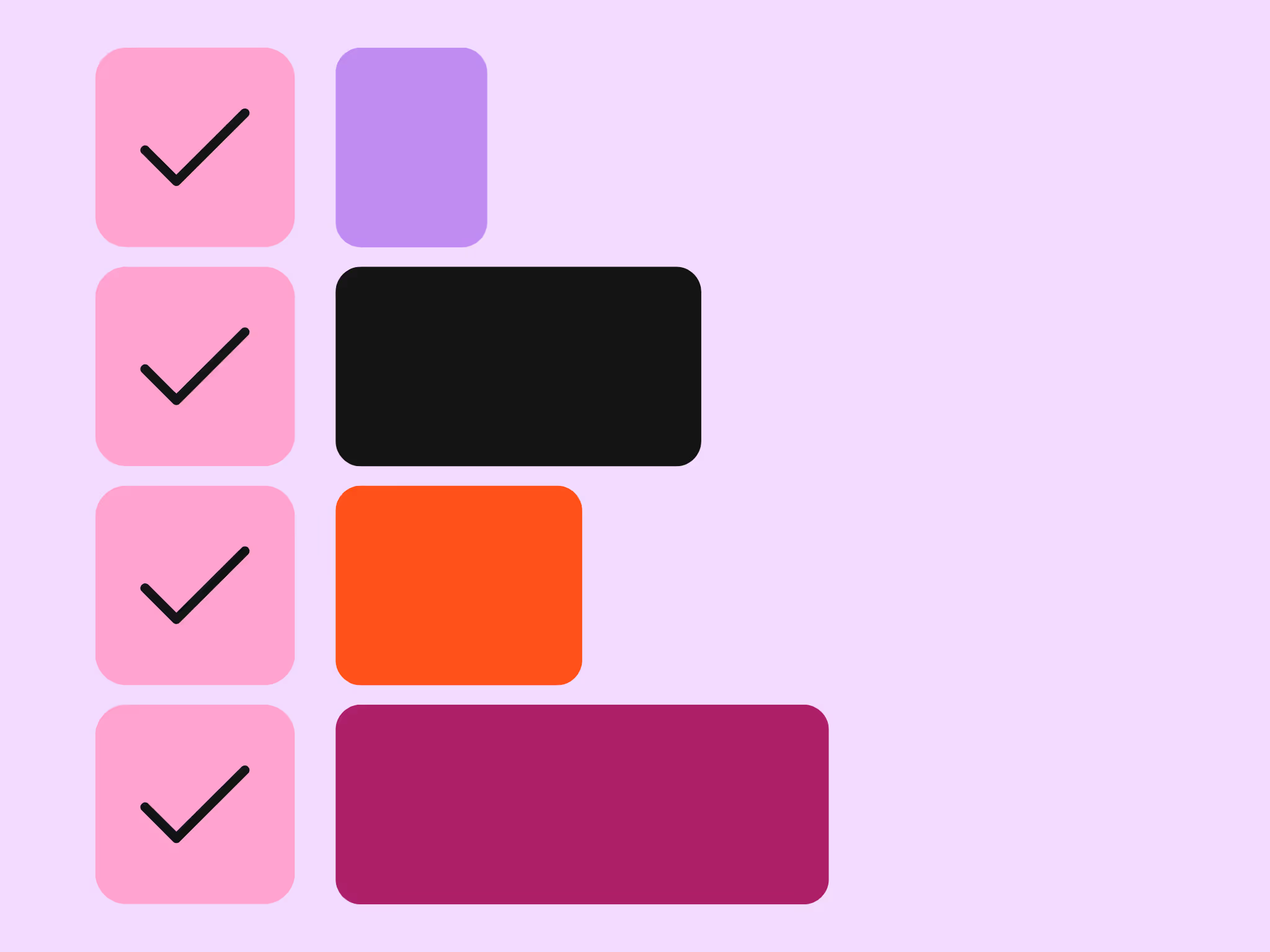

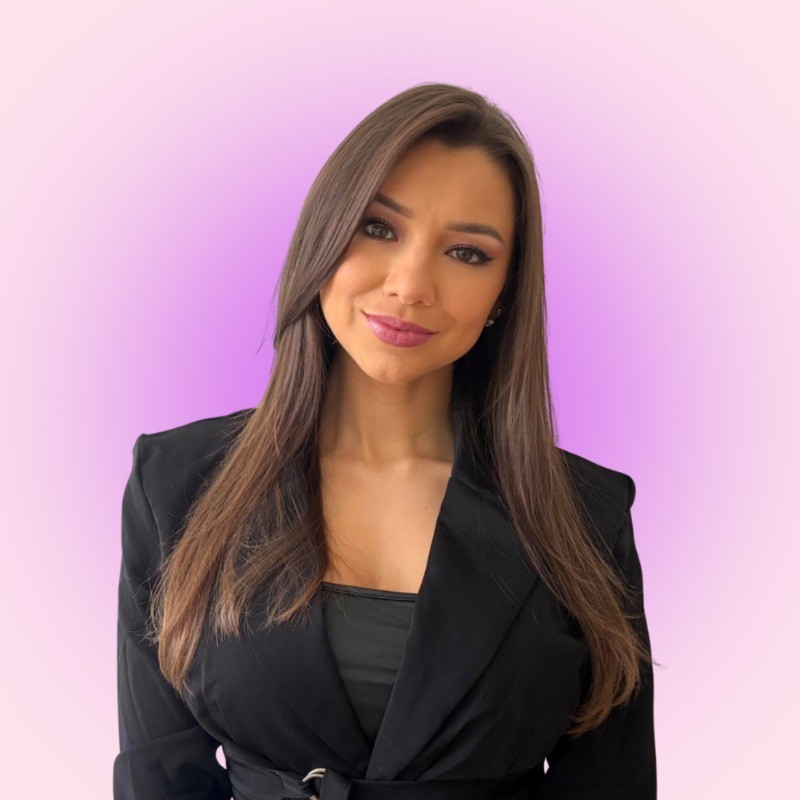

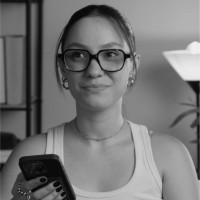








.avif)
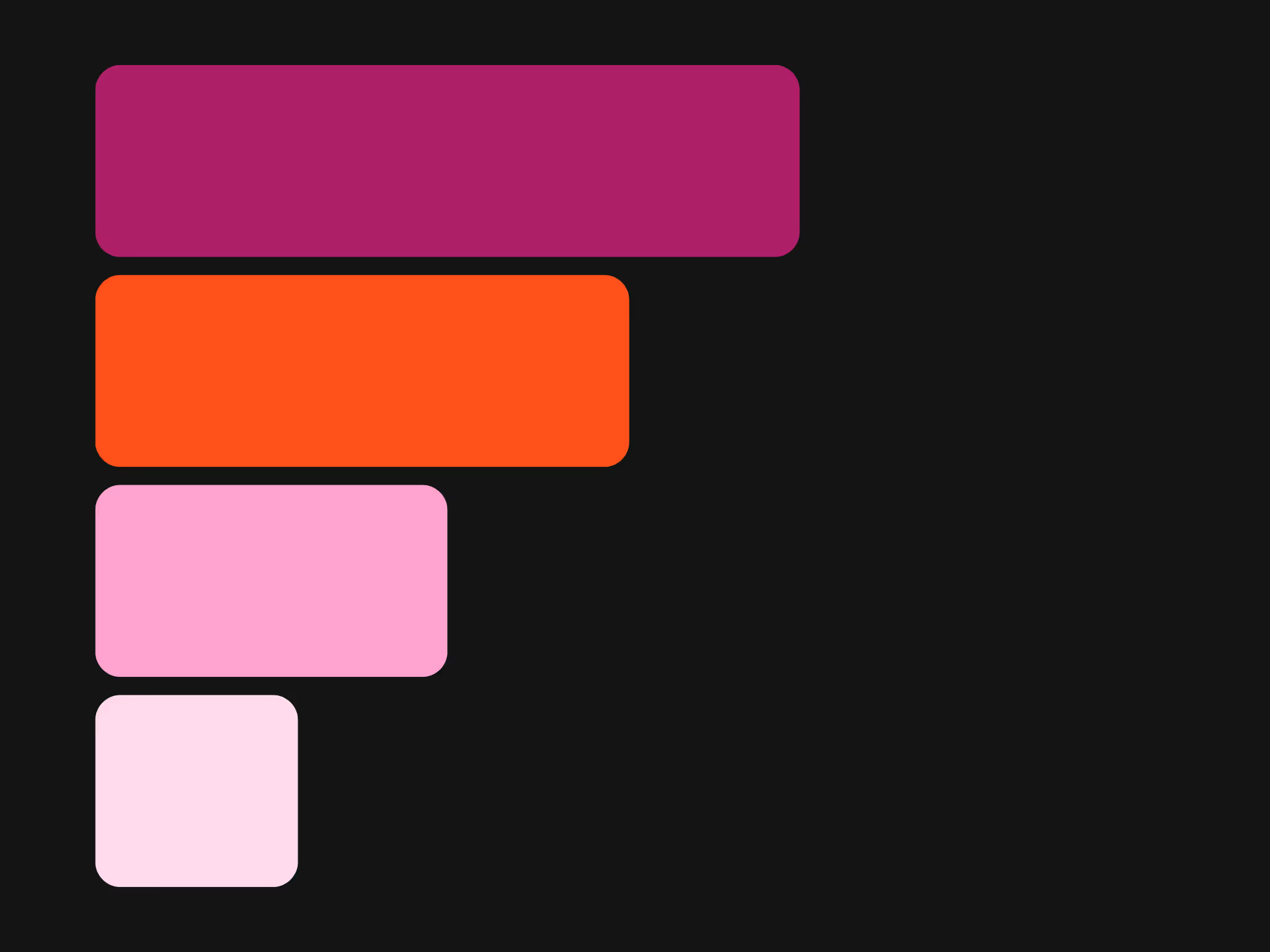


.avif)
